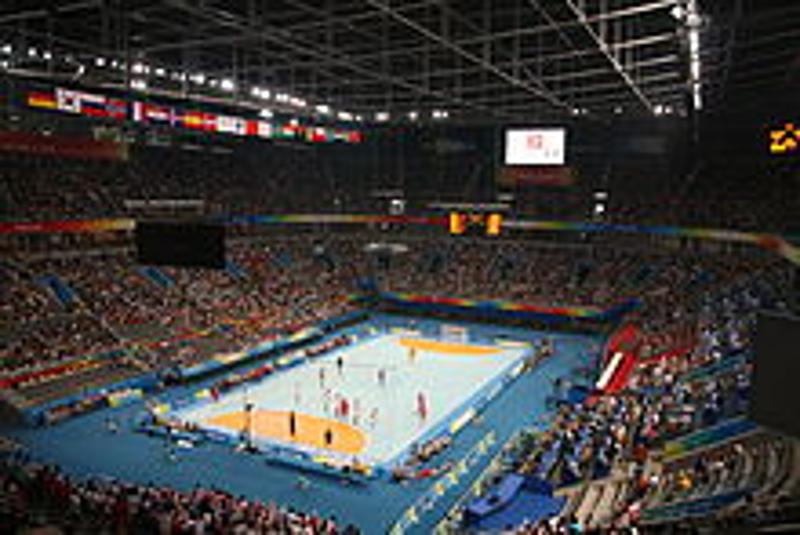
The National Indoor Stadium: A Behemoth of Ice and Entertainment
The National Indoor Stadium, a beacon of architectural brilliance and sporting prowess, stands tall in the heart of Beijing, China. More affectionately known as the "Fan Shell" due to its unique shape, the stadium has carved a significant place in history, hosting events of global magnitude. One such event was the 2022 Beijing Winter Olympics, where the stadium took center stage for the fiercely contested ice hockey matches.
A Legacy Forged in Ice: Beijing 2022 and Beyond
Originally constructed for the 2008 Summer Olympics, where it housed gymnastics, trampoline, and handball events, the National Indoor Stadium underwent a remarkable transformation for the 2022 Winter Olympics. Adapting to the icy demands of ice hockey, the stadium became a testament to innovative engineering and design.
Sharing the hosting duties with the nearby Wukesong Sports Centre, the National Indoor Stadium witnessed exhilarating displays of skill and athleticism. The roar of the crowd, the clash of sticks, and the electrifying atmosphere etched themselves into the memories of athletes and spectators alike.
A Sea of Seats: Capacity and Scale
The National Indoor Stadium is renowned not just for its striking architecture but also for its impressive capacity. In its regular configuration, the stadium can comfortably accommodate a staggering 18,000 spectators.
However, for events of international importance, such as the Olympics, the stadium can expand its capacity to a remarkable 20,000. This expansion transforms the venue into a sea of passionate fans, creating an electric atmosphere that amplifies the excitement of the events.
| Event Type | Capacity |
|---|---|
| Regular Events | 18,000 |
| International Competitions | 20,000 |
Experiencing the "Fan Shell": A Visitor's Perspective
Stepping into the National Indoor Stadium is an experience in itself. The sheer scale of the structure is awe-inspiring, while the modern design elements create a sense of wonder. The seating arrangement ensures excellent views from all angles, drawing spectators into the heart of the action.
Beyond its sporting legacy, the stadium is also a hub for cultural events and concerts, further solidifying its position as a landmark of entertainment in Beijing. Whether it's the thrill of a game-winning goal or the energy of a live concert, the National Indoor Stadium offers a unique and unforgettable experience.
Citations
[Reference to an article about the stadium's construction or design. E.g., "Beijing's Iconic 'Fan Shell' Stadium" by ArchDaily.]
FAQs
Q1: What is the seating capacity of the National Indoor Stadium during the Olympics?
A1: During international competitions like the Olympics, the stadium's capacity is increased to 20,000.
Q2: Besides ice hockey, what other events has the National Indoor Stadium hosted?
A2: The stadium has hosted a variety of events, including gymnastics, trampoline, and handball during the 2008 Summer Olympics. It is also a venue for concerts and cultural performances.
Q3: Why is the National Indoor Stadium nicknamed the "Fan Shell"?
A3: The stadium earned the nickname "Fan Shell" due to its distinctive architectural design, which resembles a fan or a shell.
More article references: beijing capital indoor stadium